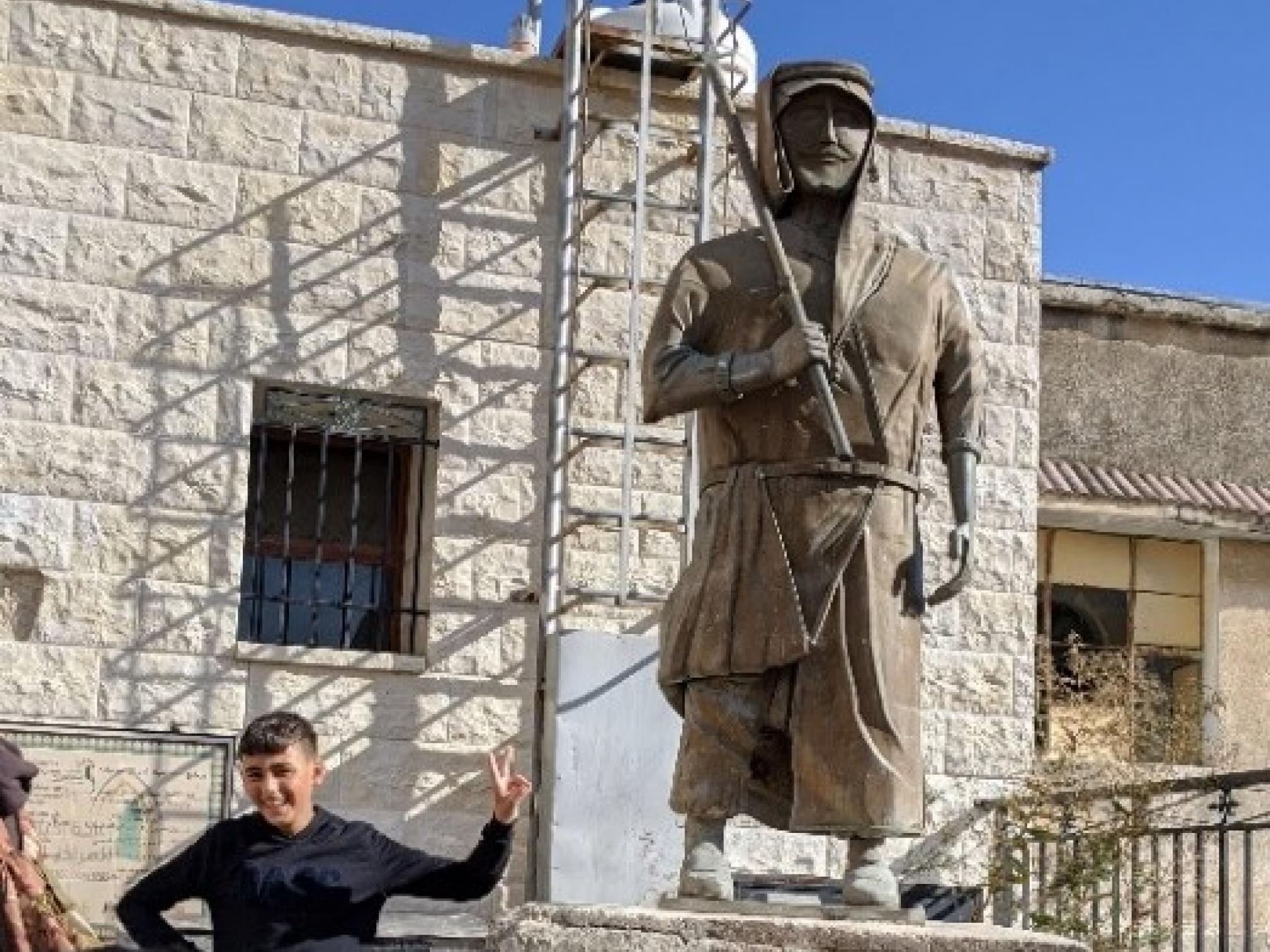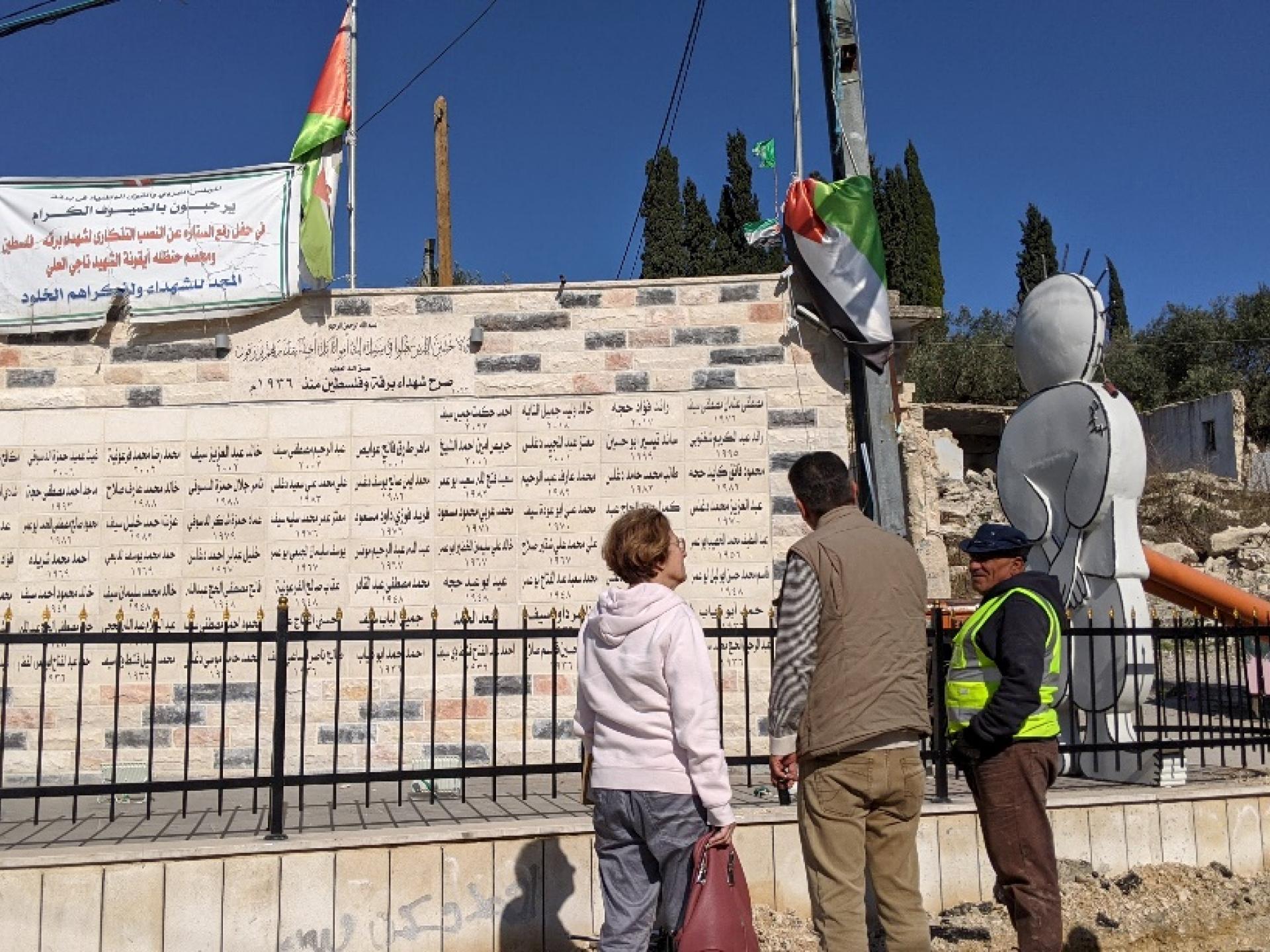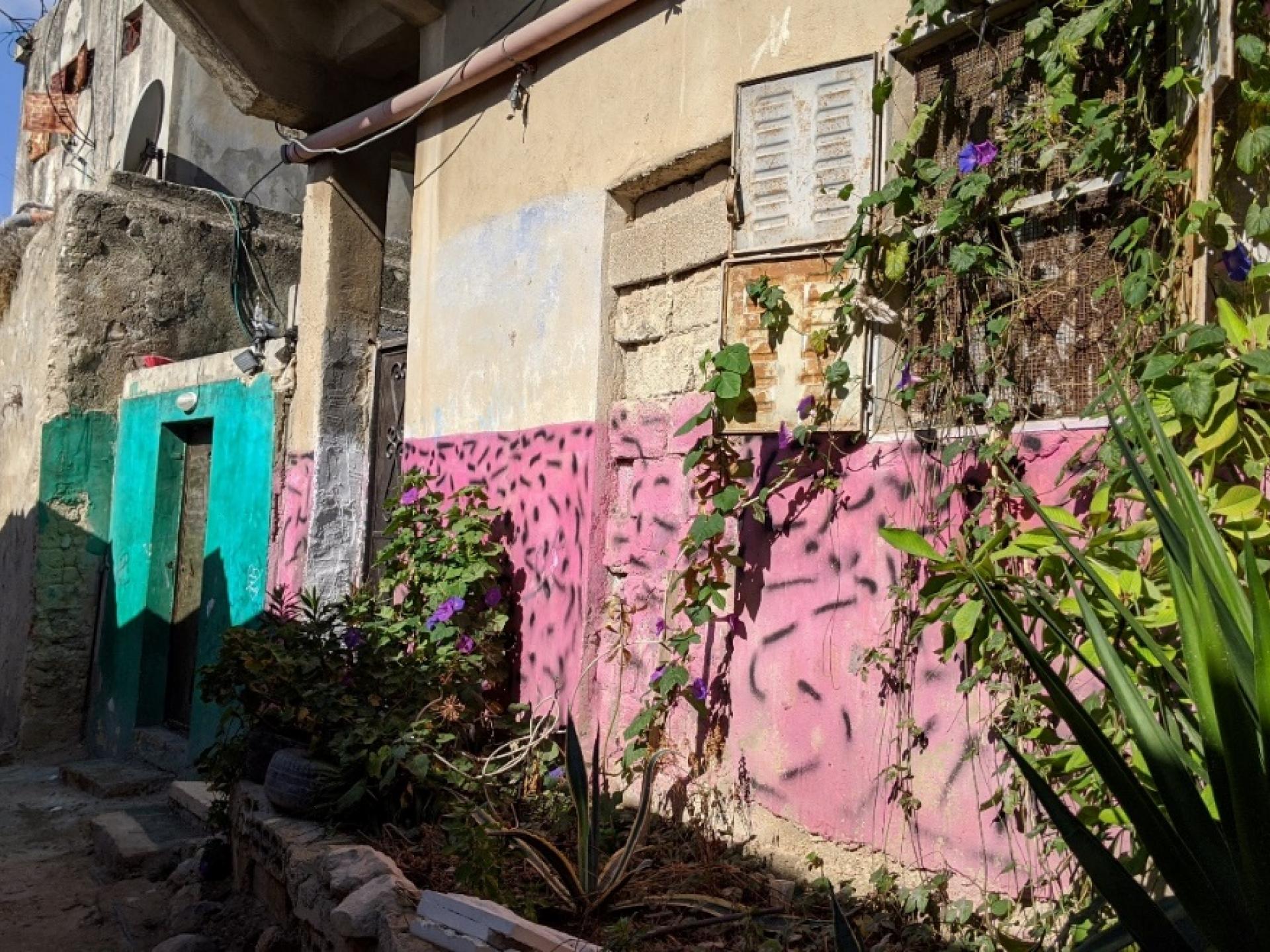In memory of the fallen of Burqa
The suffering of Burqa villagers from attacks by the colonists of the violent outpost Homesh is endless. With more demonstrations, more people are hurt. What new information can we add to what is already known? To the articles at “Local Call” and the items by Gedeon Levi and Hagar Sheizaf in Haaretz? Indeed, information about past and present local culture is not mentioned by them.
At our meeting with the local council, to which we arrived late because the colonists blocked our way into Burqa, we were glad to find out that representatives of the American Embassy and several European countries visited, heard and learned first-hand of the situation at Burqa under Israeli occupation. A young man showed us photos on his cellular phone of his own body after the harsh wounding he suffered at the hands of the outpost colonists. An elderly councilman showed us the photo of his grandfather’s house in Haifa’s Halissa neighborhood. We gave those present the Arabic version of our Maqam Survey booklet and focused on the two pages dedicated to Maqam sites connected with Burqa. (Maqam Al Qubeibat is caged inside Homesh colonist outpost – p. 32, and Maqam Sheikh Abu Yazid inside Homesh nature reserve – p. 59)
The survey booklet in Arabic has become our calling card and proof that the issue of local culture and tradition are of great interest to us. The connection between such interest and our opposition to the occupation makes for a real alliance.
We were invited to a tour beginning with the roof of the village council house, from which we tried to identify Maqam Al Qubeibat on the hilltop inside the outpost. We accompanied our gracious hosts to the ancient village site, the ancient market that has been restored by a Belgian organization, Qasr Mas’oud (palace of the ruler Mas’oud, of the Ottoman period), and two new memorials presenting the people’s resistance to occupation and colonialism.
The first memorial is dedicated to a Palestinian hero, a noble farmer called Zarif Al Tul, expelled from his northern village by the British rulers in the 1930s. His image has been sculpted by the gifted ironsmith of the village, Moussa Abu ‘Asba (who was unfortunately absent from the village that day. The image has inspired a traditional Palestinian song of praise
The second memorial is dedicated to the fallen defenders of Burqa against the Israeli occupier. Near the stone wall with the names of the fallen stands a sculpture of the child Handala, his hands crossed behind his back – based on the well-known caricature by the famous Palestinian artist Naji Al Ali, expelled during the Nakba at age 8 from his Galilee village to Lebanon, and assassinated in London as an adult.
The caricature, representing the Nakba, is seen in many places throughout the West Bank, both on refugee camp walls and in Palestinian villages. Here it has become (for the first time, I believe) a 3-dimensional sculpture presenting a person’s back on both sides. The back represents the existential condition of the expelled, his back to the place where he belongs.



